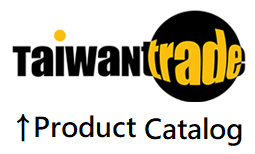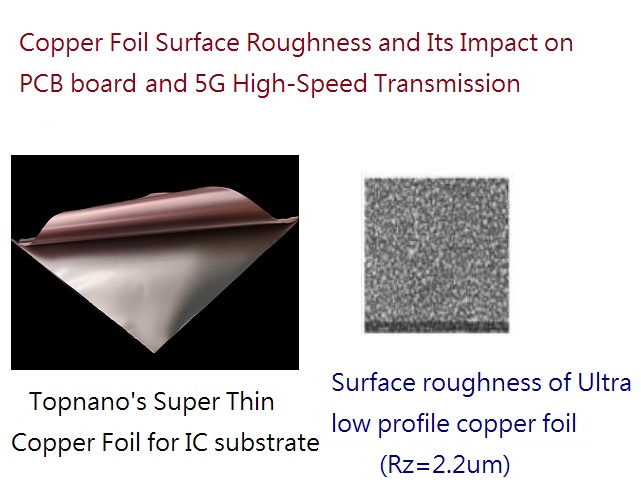
Our related videos

Knowledge
Copper Foil Surface Roughness and Its Impact on PCB and 5G High-Speed Transmission
Introduction: Copper foil surface roughness has significant implications for various aspects of Printed Circuit Board (PCB) manufacturing and high-speed transmission in 5G technology. Below is an overview of its effects in different areas:1. The impact of copper foil roughness on PCB manufacturing process:
- Conductivity: The roughness of copper foil affects its conductivity. A rough surface increases resistance, compromising the efficiency of signal transmission. Therefore, in high-frequency applications, a smoother copper foil is essential to ensure stable signal transmission.
- Chemical Processing: Chemical treatment of copper foil during PCB manufacturing may be necessary to improve its surface characteristics. Excessive roughness can complicate chemical processing and affect the uniformity of treatment.
- Welding: The rough surface of copper may impact the quality of welding. A flat and smooth surface is crucial when attaching electronic components to ensure strong and conductive solder joints.
- Encapsulation: Copper foil roughness can affect the adhesion and effectiveness of encapsulation materials during the component encapsulation process. This may lead to poor heat dissipation or inadequate encapsulation.
2. The impact of copper foil roughness on 5G high-speed transmission:
- Signal Integrity: In high-speed data transmission applications like 5G communication, signal integrity is paramount. Copper foil roughness contributes to signal reflection, scattering, and loss, affecting the stable transmission of high-frequency signals.
- Crosstalk and Transmission Loss: Rough copper surfaces may increase crosstalk between signals and contribute to transmission losses, leading to signal distortion and impacting system performance.
Modern PCBs often utilize fine traces and spacing, imposing higher requirements on the surface smoothness and roughness of copper foils. These fine features can have a more substantial impact on signal integrity and manufacturing tolerances.
Designers and manufacturers typically focus on controlling and optimizing copper foil roughness to ensure the desired electrical performance and reliability across various applications.
*Topnano's Super Thin Copper Foil for IC substrate (with carrier ultra-thin copper foil) is a 3um copper which covered with 18um copper foil. It is extremely easy to peel off once apply. This product has extremely low roughness (Rz), between 1.3 and 2.0. It can be used after lamination with PP. It is used in IC carrier boards, Coreless processes, and ultra-fine Circuit manufacturing and other PCB related application products.

